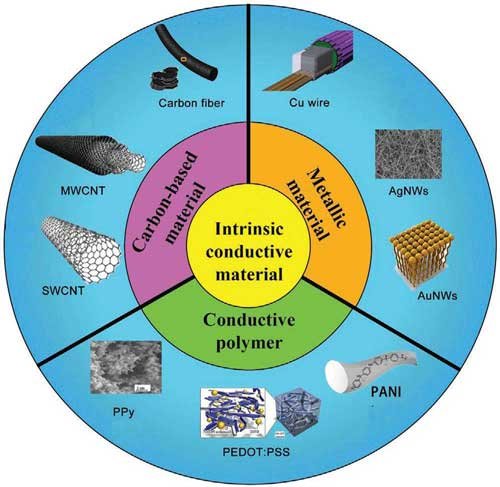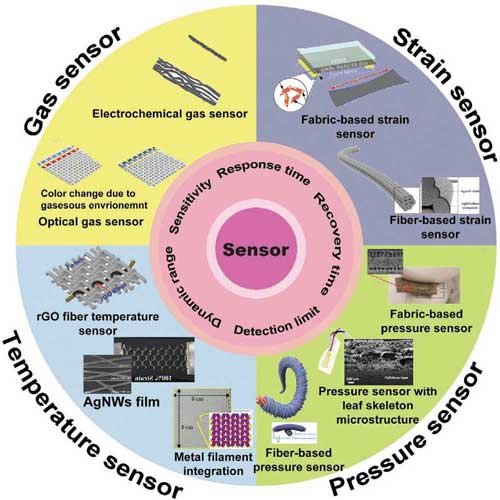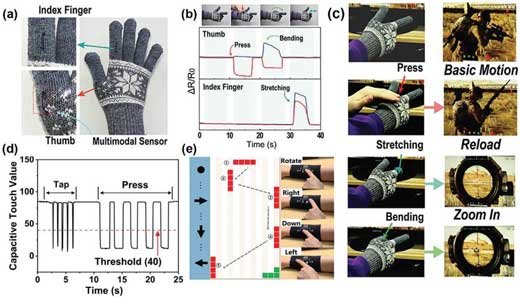VR commonly employs behavioral interfaces and computer programs to allow users interact with each other and to simulate the behavior of 3D objects in a virtual environment. VR implies a complete immersion experience that shuts out the physical world.
In contrast, AR adds digital elements to a live view often by using the camera on a smartphone. Examples of augmented reality experiences include Snapchat lenses, the game Pokemon Go and navigation systems that superimpose a route over the live view of the road.

Textile-based systems offer a better experience in emerging VR/AR applications with respect to other sensory interactions than just audial and visual interactions. Furthermore, textile devices enable the wearable VR/AR system to be smaller, softer, and more comfortable, which broadens the range of VR/AR applications.

Sensory stimuli provide people with a coherent perception of the world. Textile electronic devices are an excellent platform for people to simultaneously experience audio, video, allowing haptic, multimodal sensory inputs, and movement in graphically rendered objects or environments. Perception devices transform various perception models in the virtual world to multi-channel stimuli (e.g., tactile, visual, and hearing signals) for detect

| To fabricate different textile electronics with advanced electrical and textile properties, researchers have explored different fabrication methods. The techniques can be generally categorized into two groups: physical methods and chemical methods.
|
|
| The former includes spinning, printing, coating, and physical vapor deposition. The printing method has the advantages of low temperature, non-vacuum operation, low production cost, potential for large-scale manufacturing, and wide compatibility with materials. | |

| Posture and gait tracking devices.
a) Image of multimodal fiber-type sensor integrated in glove for virtual interface control. b) Measurements of sensor with response to different external stimuli. c) Photo and virtual images of the smart glove applied in gaming. d) Capacitive touch values of sensor. e) Capacitive touch sensor applied in playing games. (Reprinted with permission by Wiley- VCH Verlag) (click on image to enlarge)
|
